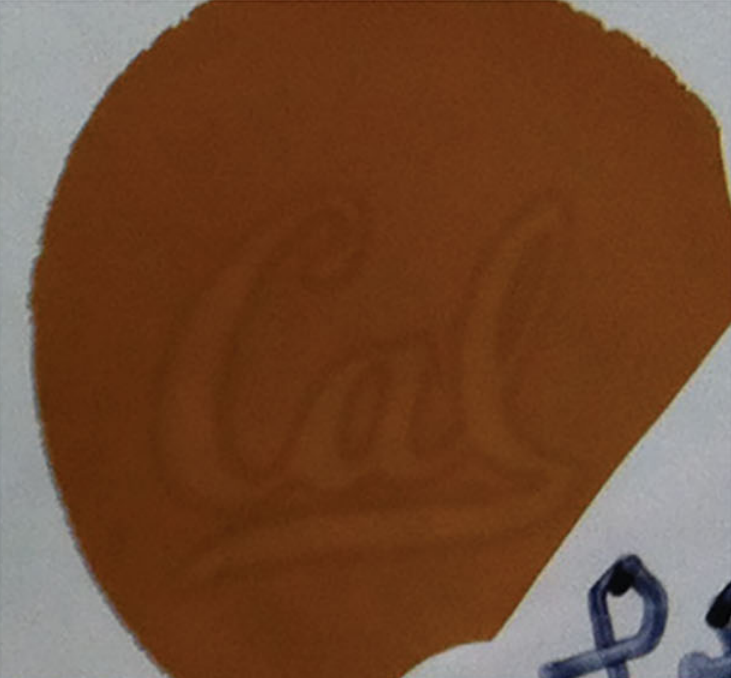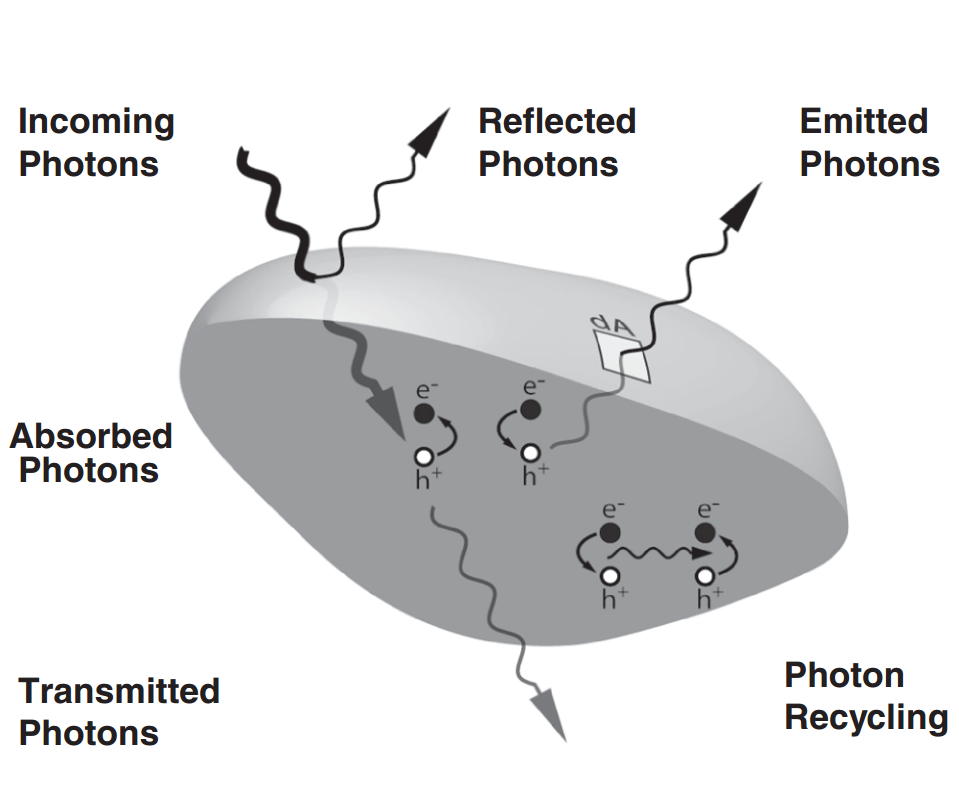Many of our research topics are related to devices or technologies which can be used for lower energy consumption or energy consumption. In addition, we have also devoted research to both theoretical and experimental research for energy purposes.
Experimental
We have also done extensive experimental research on materials for energy technologies. We have demonstrated silicon microwire solar cells, nanoporous silicon batteries, thermal rectifiers based on VO2. In addition, we also developed a method for photoelectrochemical silicon etching to provide a simple and effective way to fully control the structure of porous silicon on the nanoscale. Our method is able to continuously tune the index from 1.1 to 2, suitable for many optical devices. The etched silicon can be used for gradient index parabolic lenses, which can bend light due to its index gradient.
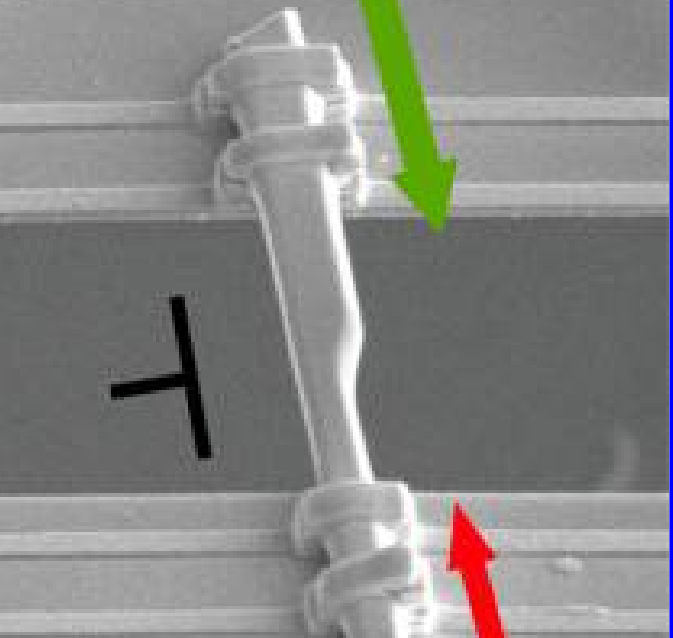
Nano Letters
2014
Thermal rectifier
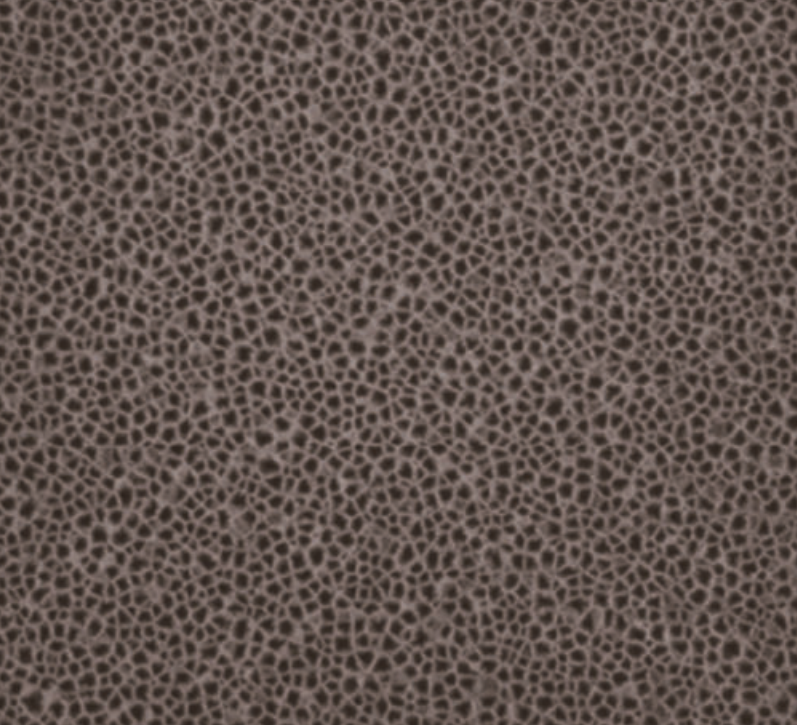
Physical Chemistry Chemical Physics
2013
Nano-porous silicon batteries
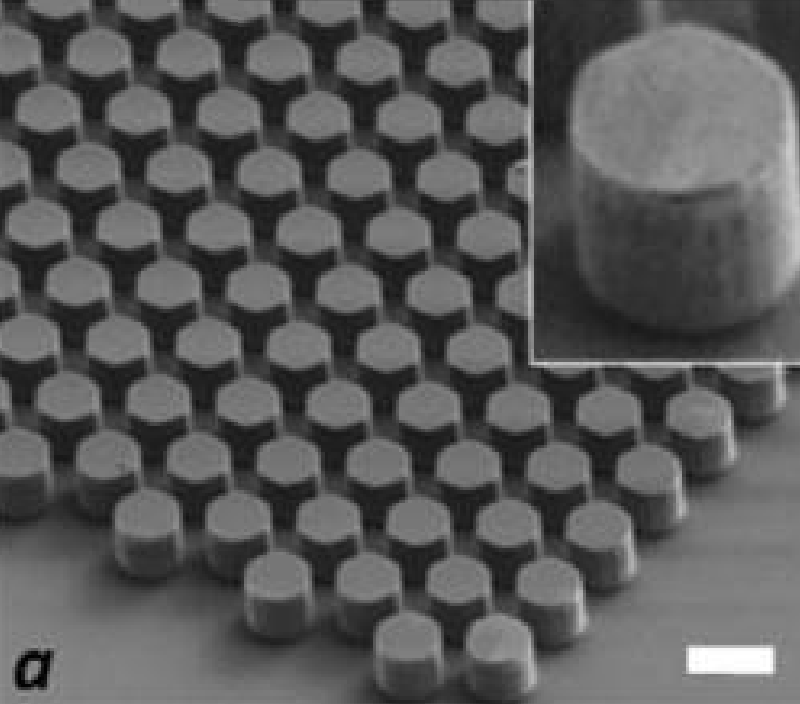
Nano Letters
2012
Silicon micro-wire solar cell
Theory
Current methods for evaluating solar cell efficiencies cannot be applied to low-dimensional structures where near-field effects are crucial. We provided a theoretical approach to analyze solar cell performance by allowing electromagnetic calculations of the emission rate using fluctuation-dissipation theorem. We showed the direct quantification of the voltage, current, and efficiency of low-dimensional solar cells. We calculated the voltage and efficiency of a GaAs slab solar cell from several microns down to a few nanometers. Fluctuation-dissipation theorem is able to connect the thermodynamic and electromagnetic aspects of spontaneous emission from semiconductors, giving a rigorous framework for evaluating solar cell performance under conditions unattainable by previous approaches. Our results indicated that the near-field effects may eventually suppress emission rather than increasing the absorption.
